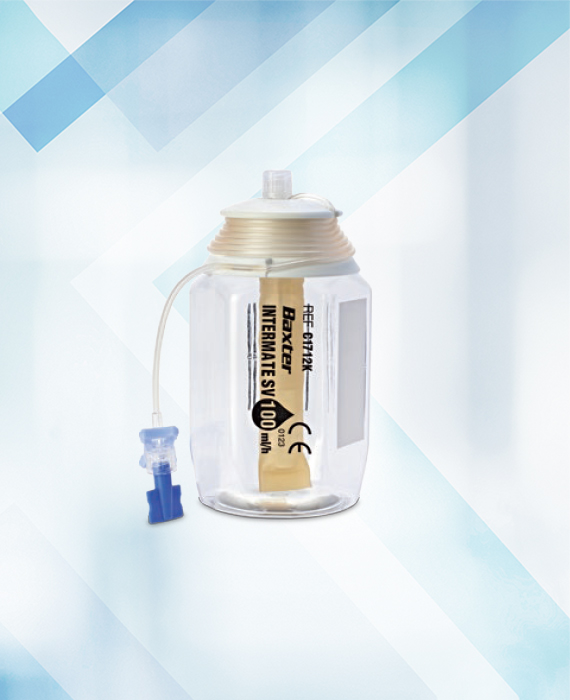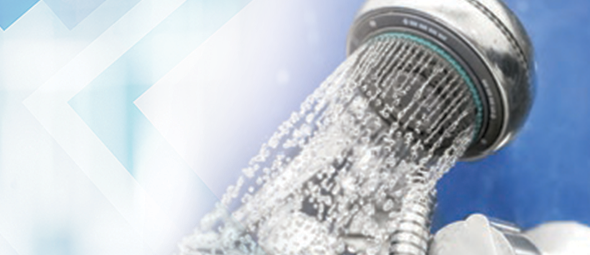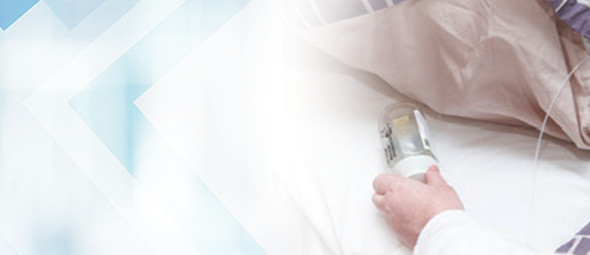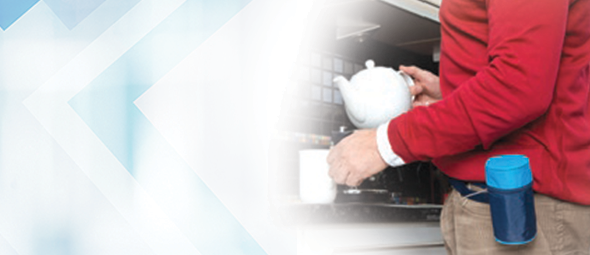FAQs
Common questions about self-administering your infusion
Read through the Frequently Asked Questions below to learn valuable information about your infusion and the self-administration process. In case of any concerns, be sure to reach out to your Healthcare Provider immediately.

When should I not carry out my infusion?
Do not carry out your infusion if:
- Any of the expiry dates have passed
- The medication name on the pump does not match your treatment
- You see that the balloon in your infusion pump has burst or split, there is a sign of leaking or a split or break in the tubing
- The blue winged cap or the transparent cap on the top of your pump is missing

What should I do if my infusion pump leaks or stops infusing?
- In the unlikely event that your infusion pump begins leaking, immediately clamp your vascular access device and disconnect the infusion pump. Replace the blue winged cap on the end of the tube and contact your OPAT team for advice
- If the pump stops infusing, double-check that your vascular access device isn’t clamped or kinked anywhere. You should also make sure the tube on the infusion pump isn’t clamped
- If the infusion pump still doesn’t infuse, please contact your OPAT team

What should I do if there is still medication left in the infusion pump once my infusion is complete?
- It is normal to see a small amount of liquid left in the infusion pump and tube after you have finished infusion; however, if you are in any doubt please contact your OPAT team

What should I do if I have any issue with my infusion pump?
- It’s important that you inform your OPAT team of any issue experienced with your infusion pump
- Make sure you take a note of the pump’s batch number, which can be found on the bottom of your device
Living with your infusion pump

Can I take a shower with my infusion pump?
Your infusion pump can get wet, but should not be put in water.
A suction cup shower hook is a great place to hang the infusion pump while showering.

Where should I keep the infusion pump whilst sleeping?
Your infusion pump should remain at the same height as the line connector, so don’t place it on the floor or hang it above your head.
Many patients find it comfortable to tuck the infusion pump underneath their pillow whilst sleeping.

What is the best way to carry my infusion pump during the day?
Ask your OPAT team to provide you with a carrying case that can be worn around your waist or chest for easy movement.
Make sure your infusion pump is away from direct sunlight and high temperatures.
